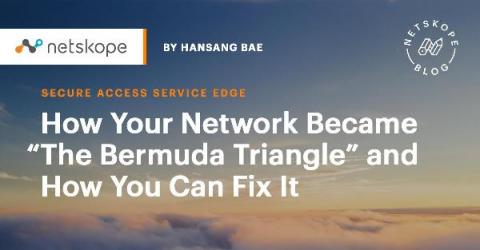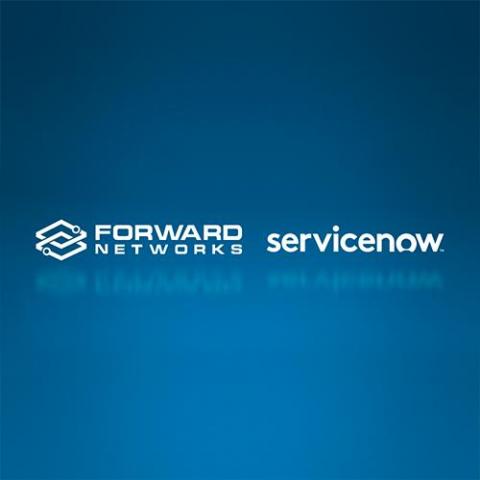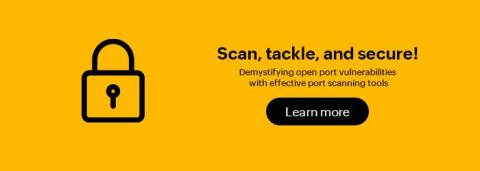How Your Network Became "The Bermuda Triangle" and How You Can Fix It
“Where’s your app? Where’s your data?” For a long time, if you needed to know where your applications or data were, the answer was clear: it was always either on-premises or in a branch. Universally, almost regardless of organization size, infrastructures were contained, and visible within a defined boundary—you have a data center, a network, a branch, a user.









